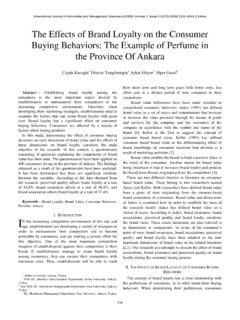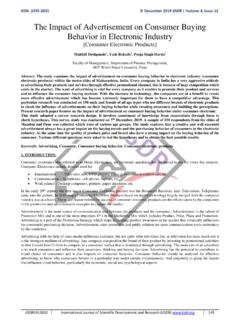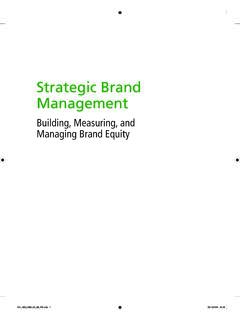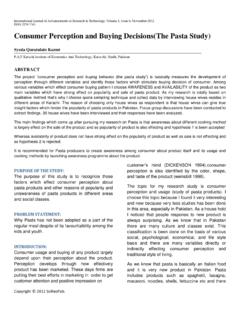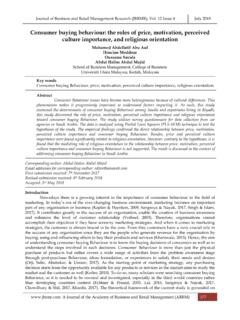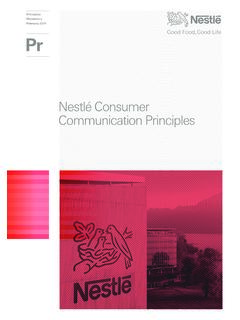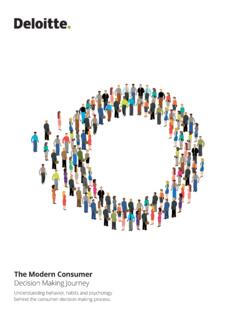Transcription of Fraud Risks in the consumer products and retail sector ...
1 Fraud Risks in the consumer products and retail sector Deloitte Forensic Second line optional lorem ipsum B Subhead lorem ipsum, date quatueriure 2. The consumer products business is among the fastest growing businesses in India, growing at a CAGR of percent and expected to be worth USD Billion in 20151. The consumer opportunity in India rests on the changed business dynamics observed today - a large and growing youth population that is digitally savvy and knowledgeable, rising incomes and purchasing power that place importance on superior product quality, growing urbanization with emphasis on a convenient'.
2 Shopping experience, emergence of organized retail that provides consistent quality in products and shopping experience, and relatively easy availability of credit to pay for purchases. These developments have prompted a change in the way consumer products companies operate. For instance, the consumer product lifecycle has been significantly shortened with customers expecting new variants every six months. This had led to changes in the marketing and sales cycles. The proliferation of online sales models has resulted in increased dependence on third parties in the supply chain.
3 Small and medium enterprises are now battling large established companies for a pie of the consumer market by adopting eCommerce platforms to market and sell their products , further driving up competition. Such changes in business models and consumer preferences can expose consumer products and retail companies to the risk of Fraud . In addition, the pressure to report consistent sales results amidst intense competition, and the need to comply with regulatory requirements, can push companies towards adopting unethical business practices to survive in the market.
4 1 Source: Survey by Corporate Catalyst India Pvt Ltd - Mitigating Fraud Risks in the consumer products and retail sector 3. Decoding frauds in the consumer products and retail sector Fraud can be a pressing challenge for the consumer products industry, with the potential to impact finances, erode customer trust and impact brand value. consumer market companies tend to have several third-party touch-points, such as vendors/ suppliers, transporters, third-party manufacturers or subcontractors, packers, stockists, distributors or other third party service providers, that can significantly increases the risk of collusive frauds that are difficult to detect.
5 According to the Deloitte India Fraud Survey, released in 2014, around 54 percent of survey respondents belonging to the consumer products sector said they had most frequently experienced theft/ diversion of goods, and bribery and corruption over the last two years. Further, with e-commerce emerging as a new distribution channel for consumer products companies, the supply chain has become a source of new Fraud Risks such as counterfeiting. For instance, protection of the brand from unauthorized online sale by third- party sellers, who may sell branded products at highly discounted prices, usually obtained through leaks in the supply chain.
6 Various market studies indicate that counterfeiting of consumer products and economic adulteration of food products shaves off at least over INR 1,000 crores from the Indian exchequer annually2. Also, brands can lose up to 20 percent of their market share and roughly 10 percent of their revenue and profit due to counterfeit products in India3. 2 Source: Asian Patent Attorneys Association India anti- counterfeiting committee report 2011. Manila/AntiCounterfeitingCommitteeReport s2011/2-INDIA-Anti- 3 Source: Media article - costs-india-78-b- 4. Regulatory landscape Regulatory bodies today are more sensitized to the risk of Fraud than before.
7 The Companies Act, 2013, has amplified the roles and responsibilities of the Board of Directors to fight Fraud , including accountability for Fraud . There is increased emphasis on Fraud and integration with operational audits, mandates for companies and statutory auditors to report Fraud incidents to the government, and stringent punishments and penalties imposed for any non-compliance. Further, there are other sector specific laws focused on preventing Fraud and malpractice in the areas of product packaging, such as Food Safety and Standards Act, 2006, Food Safety and Standards (Packaging and Labeling) Regulations, 2011, and the Food Safety and Standards (Licensing and Registration of Food Business).
8 Regulations, 2011, which consumer products companies have to comply with. Title of publication Focus area of publication 5. Safeguarding yourself from Fraud Globally, it is estimated that organizations can lose up to 5 percent of their revenues to fraud4. In India, organizations can lose an average of between Rs 1 crore and Rs 10 crores to fraud5. Given the extent of damage possible, it is important that organizations take measures to safeguard themselves against Fraud . The below table illustrates the key Risks and corresponding measures necessary to mitigate Fraud in the consumer products and retail sector .
9 SN Fraud Manifestations Perpetrators/ Mitigation efforts Preventive solutions vulnerabilities accomplices to Fraud 1 Procurement Involves bid rigging, price Employee in collusion Procurement and Supplier Risk Forensic Diagnostics in and Supplier manipulation, bribery, with Supplier/ Third Party Management Procure-to-Pay' process Risk kickbacks, non-existing to identify control gaps Fraud Risk Assessment of the vendors, conflicts of and recommend effective Procurement function. interest and dubious antifraud controls or a risk vendor relationships Identify unusual relationships mitigation plan in non-financial data using demographic details of employees, customers, vendors, contract workers' attendance records, etc.
10 Analysis of unauthorized logs identified from the IT systems in use 2 Supply Chain Diversion of goods or Employee in collusion Supply Chain Integrity Management: 1. Forensic Diagnostics in Risk pilferage of stocks or with Supplier/ Buy-to-Sale' process Fraud Risk Assessment of the undisclosed commission Transporter related to inventory supply chain function to address payment, related party to identify control risk of pilferage or diversion of arrangements, quality gaps and recommend goods from the books and records. compromise or product effective antifraud substitution schemes by Conduct an effective due diligence controls or a Fraud risk suppliers on all business partners to gather mitigation plan meaningful information, assess 2.










